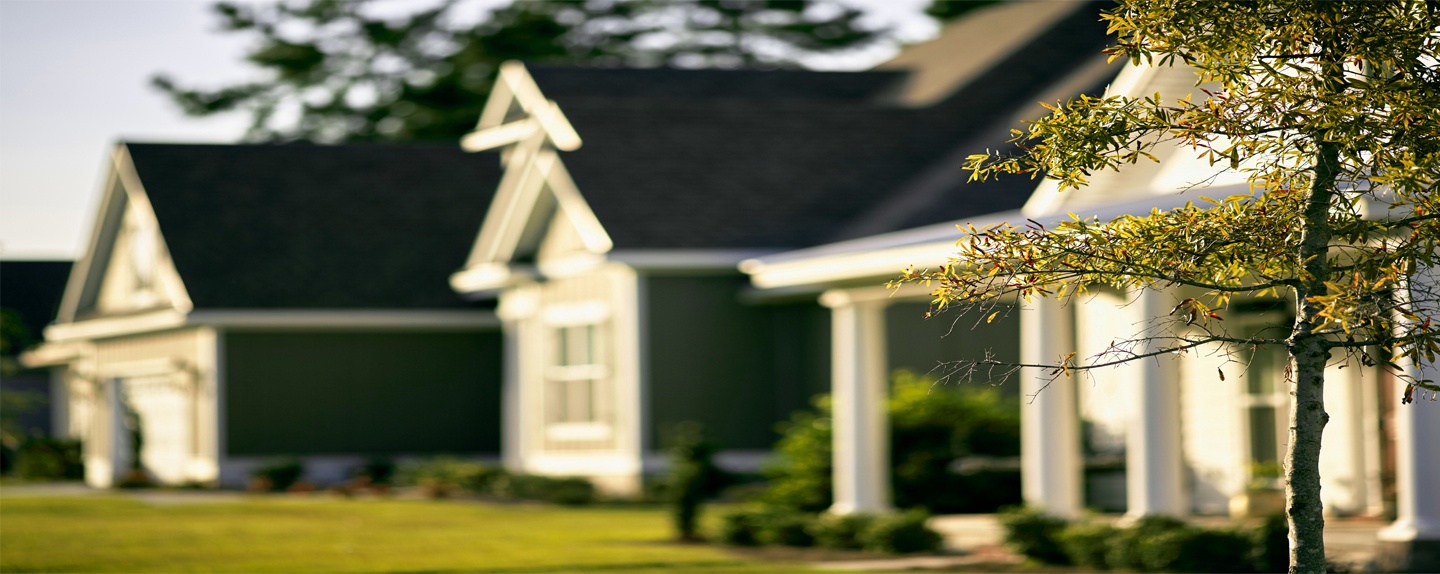Crabgrass is a common grassy weed that can be found in most lawns in the North Shore and will start appearing late in the spring growing season. This invasive plant can take over a thin, weak lawn or one that is damaged by grubs.
It is often mistaken for tall fescue which grows in clumps and is a darker green with a thicker blade than other grasses in the lawn. But crabgrass doesn’t germinate until soil temperatures are just right so if you think you have it in the early spring you may actually be looking at turf tall fescue.
How To Identify It
Young crabgrass seedlings can resemble corn plants with wide, pointed leaves. As the plants grow, they will produce side shoots. These shoots will spread and can root into the ground giving a zigzag appearance to the plant that has earned it its common name.
Crabgrass tends to be yellowish green to lime green in color so that makes it easier to spot in the lawn as well. The leaves will be much broader than those of the desired turf grasses as well.
There are two types of crabgrass plants; smooth or small, and hairy or large. Smooth crabgrass is the more common type. It is more likely to be the one you see growing in bare spots and along driveways and walkways.
The leaves themselves are smooth or hairless though the base of the stems may be hairy. This is also a lower growing, almost creeping type of grass. Hairy crabgrass is more upright in growth and has hairs on the upper and lower surfaces of the leaves. Learn more about the types of crabgrass here!
How To Control It
A multi-pronged attack is your best approach to controlling this weed. It starts with a timely spring application of a pre-emergent herbicide. Crabgrass preventers will reduce the amount of crabgrass seeds in your lawn that successfully germinate. This product breaks down over time and by mid to late summer you may begin to see crabgrass in your lawn later in the season.
This is the time to start treating with a post-emergent herbicide. This is a selective product that will kill crabgrass but not the desired lawn grasses. Some crabgrass killers will also offer additional weed control so they can help your lawn get rid of crabgrass and other weeds at the same time.
There are also cultural practices that can help control crabgrass invasion in your lawn. Proper lawn care treatments of fertilization will give you a dense, lush lawn. This combats crabgrass by limiting the amount of sunlight that reaches the soil to reduce seed germination and helps shade out any of the sun-loving little weeds that do manage to get started.
Raising your mowing height to three inches also helps control this weed as well. Proper watering, if you are one of the lucky ones not under a water ban, is also vital to keeping your lawn healthy and thick to reduce weeds.
Keeping a healthy lawn with these treatments can go a long way to reducing the amount of crabgrass you’ll be seeing. And as in most cases prevention is always better than having to cure a problem.
Like with any weed when you kill crabgrass you leave a void in the lawn that needs to be replaced with turf otherwise you will see more weeds growing in and occupying that space. So, preventing those problems before they occur is not only better for the lawn but is less costly to treat and creates less of a headache for the homeowner.
Get More Info From The Pros!
Looking for more information on crabgrass or just ready to let the professionals take over your lawn care needs? The Grassmaster Plus team is ready and willing to answer any questions you have and can provide you a free quote on your lawn care services for the season. Contact our local office today!

